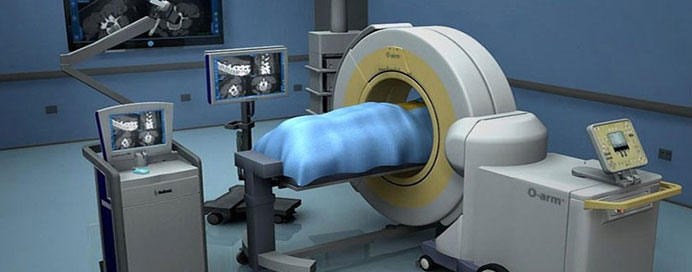Services / Dr. Ravi Bhanushali

Navigation spine surgery, also known as computer-assisted or image-guided spine surgery, is an advanced orthopedic service that utilizes computer technology to enhance the precision and accuracy of spinal procedures. This technology allows surgeons to navigate and visualize the spine in real-time during surgery, improving the overall safety and effectiveness of the procedure.
Here’s an overview of navigation spine surgery as an orthopedic service:
Navigation spine surgery is considered a valuable tool in modern orthopedic practices, especially for complex spinal procedures. Patients considering this type of surgery should have a detailed discussion with their orthopedic surgeon to understand the potential benefits, risks, and expected outcomes based on their specific condition. The decision to use navigation technology is individualized and depends on the specific characteristics of the patient’s spinal condition and the surgeon’s expertise.
